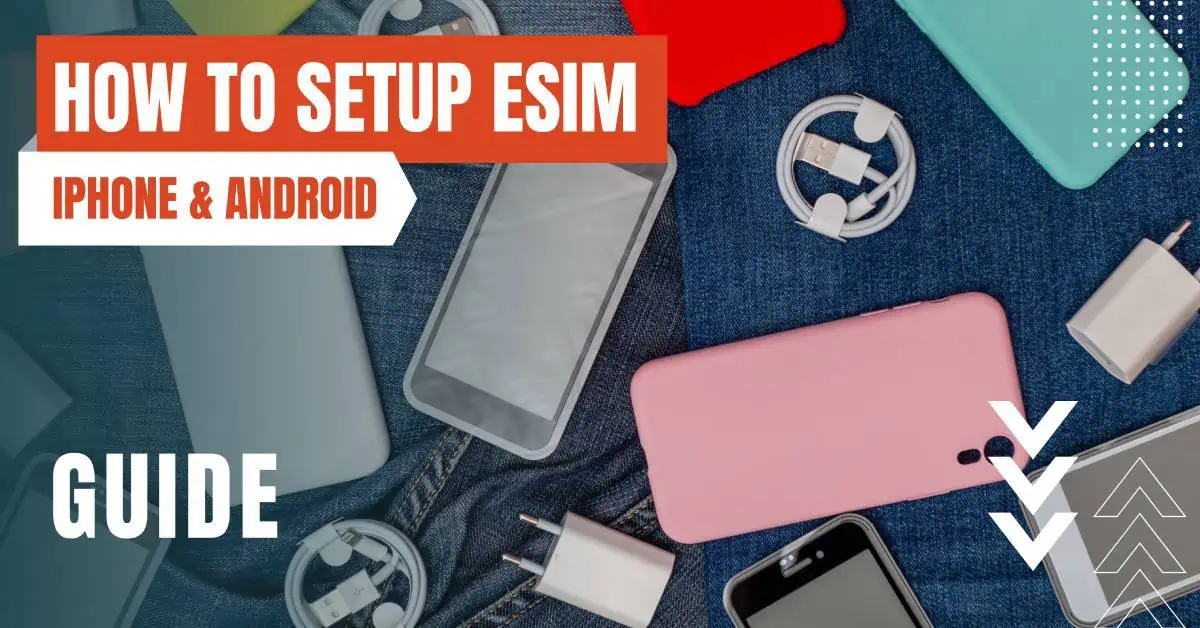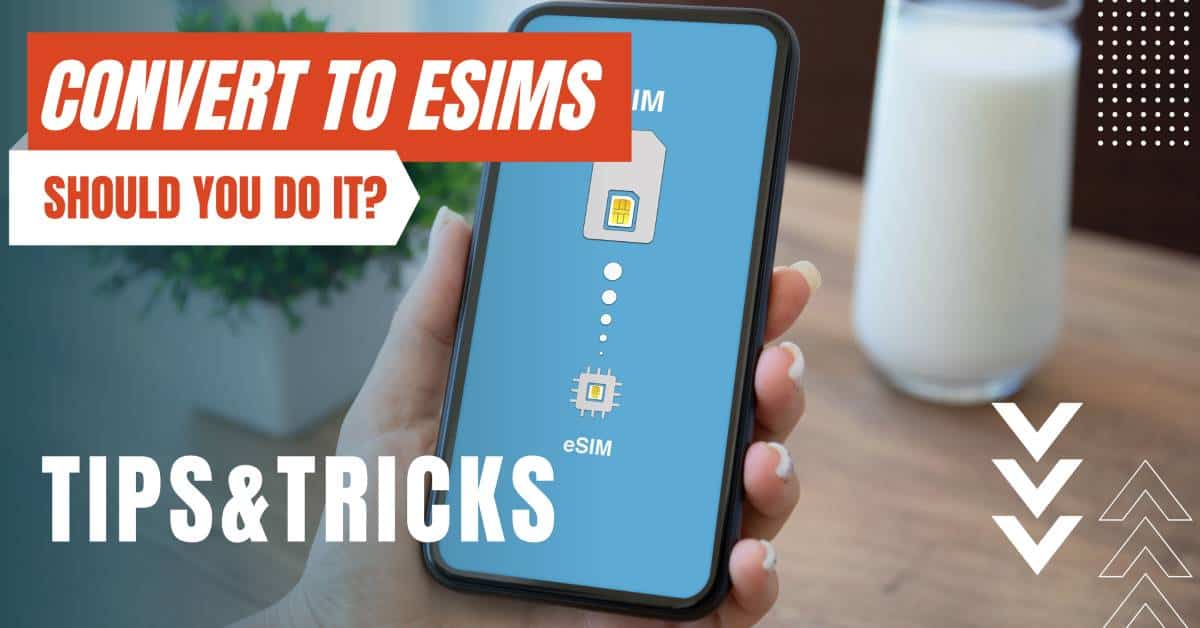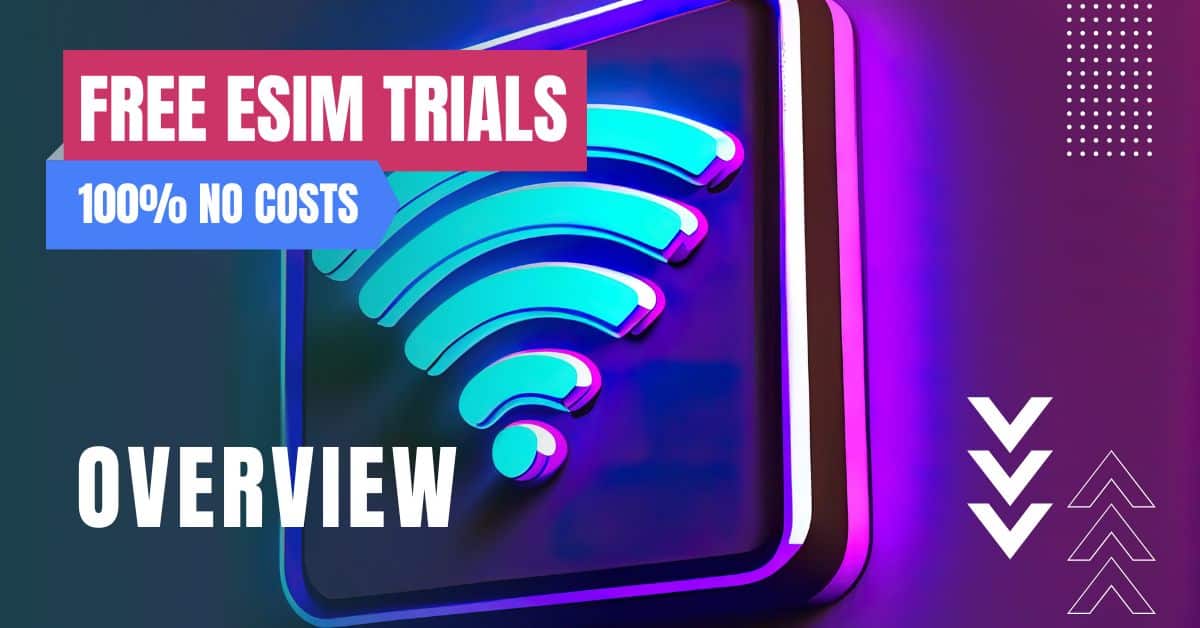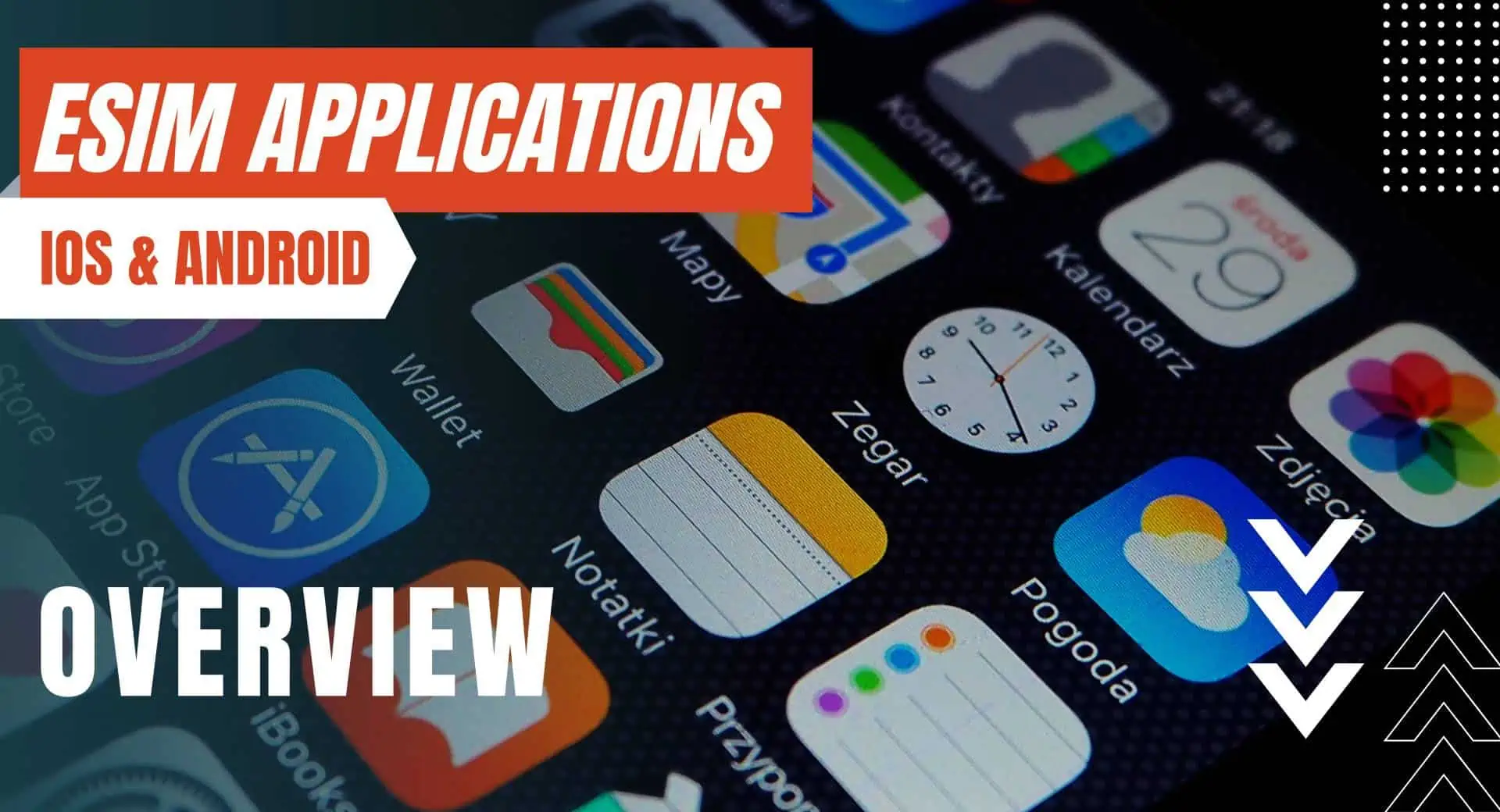All of the products and services we feature are chosen independently. If you click through links we provide, we may earn a commission. Learn more
Written by: Emily Chen
What Is a MVNO
- Updated: September 30, 2023 | Published:
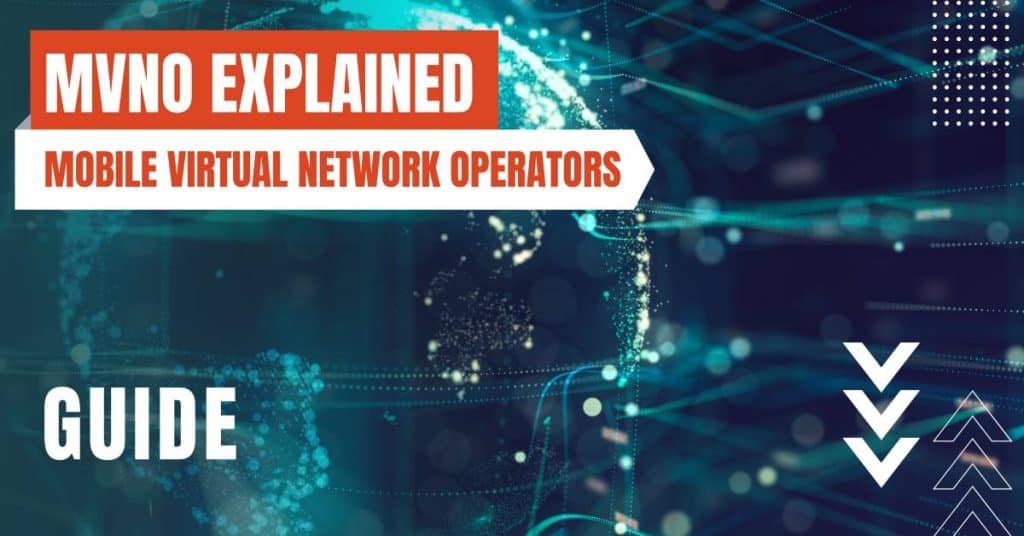
Mobile Virtual Network Operators Explained
The Basics of MVNOs
At its core, an MVNO is a wireless communications services provider that does not own the wireless network infrastructure over which it provides services to its customers. Instead, MVNOs lease wireless capacity from traditional mobile network operators (MNOs) like AT&T, Verizon, or T-Mobile, and then resell these services to consumers under their own brand.
The Appeal of MVNOs
MVNOs have been gaining popularity for several reasons. First, they often offer more affordable plans than traditional MNOs. This is because they don’t have the overhead costs associated with maintaining a physical network infrastructure. Instead, they can focus on providing competitive pricing and personalized customer service.
Second, MVNOs often target specific market niches that may be underserved by traditional MNOs. For example, some MVNOs focus on providing low-cost international calling plans, while others may cater to the needs of data-heavy users with unlimited data plans.
Real-World Examples
There are numerous MVNOs operating around the globe, each with its unique selling proposition. In the United States, for instance, you have MVNOs like Mint Mobile and Google Fi. Mint Mobile offers low-cost plans with unlimited talk and text, while Google Fi provides a flexible plan that adjusts to your data usage.
In the UK, Giffgaff is a popular MVNO known for its flexible “goodybag” plans and strong community engagement. Meanwhile, in Australia, Amaysim has made a name for itself with its range of no-contract SIM-only plans.
The MVNO Business Model
The business model of MVNOs is quite intriguing. They essentially buy wholesale minutes, data, and text messages from a host MNO and then resell these services to their customers at retail prices. This allows them to operate without the need for their own network infrastructure, which significantly reduces their operating costs.
There are different types of MVNOs, each with varying levels of service management. At one end of the spectrum, you have “light” MVNOs, which essentially just rebrand the host MNO’s services. At the other end, you have “full” MVNOs, which handle everything from billing and customer service to network elements like the HLR (Home Location Register).
The Impact of MVNOs on the Market
MVNOs have had a significant impact on the mobile telecommunications market. By offering more affordable and flexible plans, they’ve increased competition, which has, in turn, led to better deals for consumers. They’ve also driven innovation in the industry, as they often come up with unique services and features to differentiate themselves from both MNOs and other MVNOs.
For instance, some MVNOs offer value-added services like free music or video streaming, while others focus on unique pricing structures, such as pay-as-you-go data or rollover minutes. Some MVNOs even target specific demographics, such as seniors, students, or travelers, with tailored plans and services.
Challenges Faced by MVNOs
Despite their advantages, MVNOs also face several challenges. One of the main ones is the dependency on MNOs. Since they don’t own their network infrastructure, they rely heavily on their host MNO for network quality and coverage. If the MNO experiences network issues, the MVNO’s services will also be affected.
Another challenge is the intense competition, not just from MNOs, but also from other MVNOs. With so many players in the market, MVNOs need to constantly innovate and offer exceptional customer service to retain their customers and attract new ones.
The Future of MVNOs
In the grand scheme of the telecommunications landscape, MVNOs have carved out a niche for themselves by offering affordable, flexible, and innovative mobile services.
They’ve democratized access to mobile communication and have become a driving force for competition and innovation in the industry. Despite the challenges they face, their future looks bright as they continue to evolve and adapt to the changing needs of consumers.
By entering your email & signing up, you agree to receive promotional emails on eSIMs and insider tips. You can unsubscribe or withdraw your consent at any time.

About The Author
Spread the Word, Share the Joy
Compare eSIMs
Why keep the secret to yourself? Spread the joy of eSIMradar and let everyone in on the eSIM experience!

Easy eSIM Comparison for Your Needs
Simplifying your search! Easily compare eSIM plans tailored to your specific needs

Coverage in 210+ Countries
Benefit from our extensive eSIM comparison with 30+ providers in over 210 destinations.

Save money without second-guessing
Our platform helps you maximize value, ensuring competitive prices.

Enjoy Hassle-Free Travel Abroad
Whether you’re on holiday or a business trip abroad, stay connected with ease and focus on enjoying your experiences,
Find Your Perfect eSIM & Exclusive Deals!
Find your ideal eSIM effortlessly and stay connected in style wherever your adventures take you! Get exclusive deals and discounts at your fingertips, ensuring you get connected for less on your travels!


